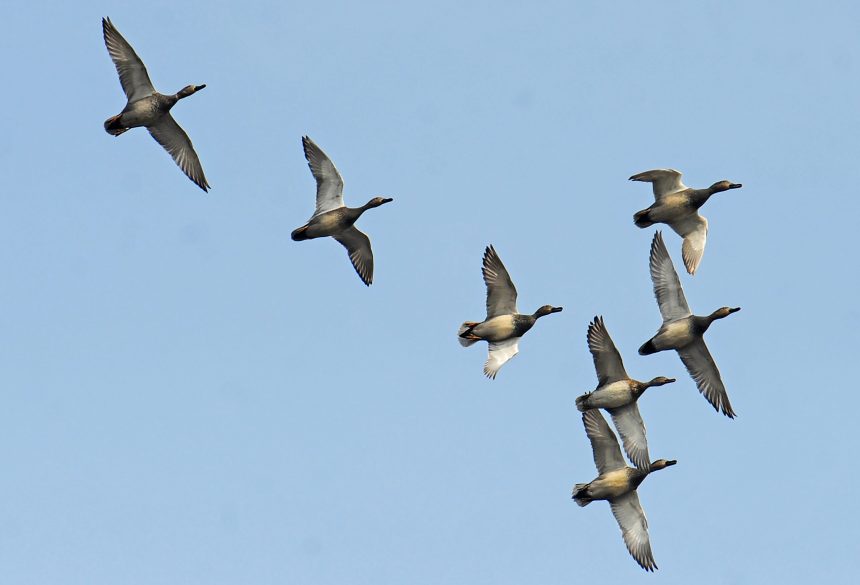Srinagar, Nov 11: As winter draws near, Kashmir’s wetlands, particularly the Hokersar Wetland Reserve, welcome flocks of migratory birds that travel thousands of miles from regions like Siberia, China, Russia, and parts of Europe.
The Hokersar wetland, fondly known as the “Queen of Wetlands,” attracts over half a million birds annually due to its unique landscape and Ramsar status, a designation that marks it as a wetland of international importance. However, rapid encroachment and environmental neglect are putting this sanctuary for winged visitors in jeopardy.
The Hokersar wetland spans around 1,300 hectares today, a significant reduction from its original size of 1,875 hectares in 1969. Over the past two decades, heavy siltation, encroachment, and unsustainable flood control practices have worsened its condition, turning once-thriving water channels into parched, muddy stretches.
In 2023, a report by the National Institute of Disaster Management (NIDM) detailed that up to 44.4% of lakes and wetlands around Srinagar have been lost in recent decades due to human interference and poor land-use management. This loss not only threatens the habitat of migratory birds but also impacts the local microclimate, making the region more susceptible to flooding.
For residents around Hokersar, the wetland provides more than ecological value; it supports local livelihoods. Despite its declining health, nearby neighbourhoods still rely on Hokersar for resources like fish, chestnuts, and fodder. However, for young people in Kashmir, this wetland holds new potential. Birdwatching, once a niche activity, has gained popularity, with youth documenting migratory species and publishing findings in scientific journals
Kashmir University’s Department of Earth Sciences has raised serious concerns about the rapid deterioration of Hokersar.
According to Dr. Shahid-ul-Islam, a professor in the department, “The wetland’s decline is rooted in societal greed and insufficient government action. This waterbody is essential for Kashmir’s biodiversity, and we need robust conservation efforts to restore it.” His team has documented the degradation, noting that siltation and encroachment are the primary culprits.
Efforts to revive Hokersar are underway, though the progress has been slow. The J&K Wildlife Department has implemented a flood management project, installing two water gates at Hokersar.
Wildlife Warden for Wetlands, claims that the gates will be operational soon, helping regulate water levels and facilitate bird migration. He highlighted ongoing digitization efforts and a five-year restoration plan that includes dredging silt and clearing weeds. “We’re working toward creating a sustainable habitat with ecotourism opportunities to support local youth,” he explained.
Nevertheless, conservationists and local groups remain skeptical. The Environmental Policy Group (EPG), an advocacy organization, has accused the wildlife department of inaction. Without proper water levels, wetlands cannot support the migratory bird population, impacting the ecosystem at large. For Hokersar’s revival, all parties agree that comprehensive planning and sustained effort will be essential to preserve this natural haven for the future.
Encroachment, siltation threaten Hokersar bird habitat

Aatif Qayoom is a Senior Correspondent at Rising Kashmir, covering crime, tourism, sports, and various social issues across Jammu and Kashmir. Known for his accurate and ground-based reporting, he highlights stories that matter to people.
Leave a Comment
Leave a Comment







